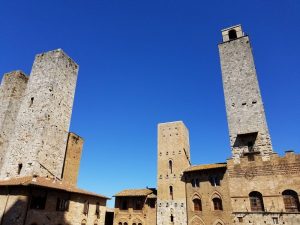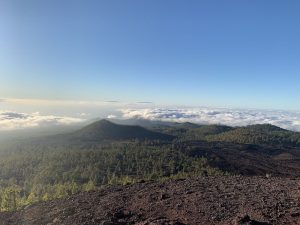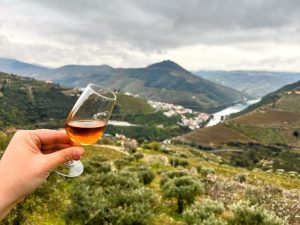Historic Centre of Siena
A picturesque and completely intact medieval walled city dating from the 12th-15th centuries.

A picturesque and completely intact medieval walled city dating from the 12th-15th centuries.

A church complex that is home to The Last Supper, a 15th-century fresco by Leonardo da Vinci.

A beautiful region along the Ligurian coast where, over centuries, people adapted to and changed the dramatic natural landscape.

Nine mountains, each one a pilgrimage destination containing a series of richly-decorated Medieval or early-Renaissance chapels.

A mountain on whose peak stands the tomb of King Antiochus I, an imposing artistic achievement of the Hellenistic period.

The extensive ruins – palaces, churches, mosques, fortifications, and homes – of an important trading city on the medieval Silk Road, where diverse cultures and architectural traditions met and blended.

A 19th-century company town built to provide a good standard of living for employees of a cotton mill.

Primeval forests of European beech trees that survived the last Ice Age and then spread across Europe, now protected in 93 locations across 18 countries.

A mountainous region of Mallorca with ancient systems of water harvesting, terraces and villages that have supported agriculture for centuries.

A group of Medieval buildings in Spain that exemplify a fusion of Islamic and Christian architectural and artistic traditions.

A well-preserved medieval city with complete fortifications, built largely by Crusaders, with elements of Gothic, Byzantine and Ottoman architecture as well.

Sicilian landmarks that showcase a blend of Arab, Norman and Byzantine influences in art and architecture.

The oldest known intact lighthouse in the world, built by the Romans in the 1st century AD.

A railway route through the Swiss Alps that represents an outstanding early-20th-century engineering and architectural achievement.

Of importance in terms of historical architecture and art, especially in churches, as well as for the unique ecosystem of the lake.

Christian holy city with a 1000-year history as the endpoint of pilgrimage routes across Spain and France.

Remains of the period when Tarragona was Tarraco, the Roman capital of the Iberian peninsula.

A large 12th-century Cistercian abbey, considered an artistic masterpiece with a blend of architectural styles.

Two towns that exemplify vernacular urban architecture of the Ottoman era.

Ruins of a Neolithic settlement 6000-9000 years old.

A Greco-Roman spa town and the enormous calcium terraces, waterfalls, basins and pools where it is located.

A classical temple with many original columns and the oldest Corinthian capital ever found.

A group of private Baroque palaces used by government in the 16th-17th-century to house visiting dignitaries.

46 charming traditional villages connected by a network of cobbled paths, arched bridges and stone staircases.

Eight Sicilian towns that were rebuilt in a distinctive Late Baroque style after a 1693 earthquake.

A 16th-century villa with a garden that epitomizes the Renaissance aesthetic in garden design.

Ruins of an ancient town, much of it Roman-era, and birthplace of the cult of Venus.

A strategically-important port city dominated by two Venetian fortresses and showing influences from later French, British and Greek rule.

A charming medieval town known for its tall towers and Sienese Gothic artworks.

A small city where influences from three different world religions are visible in its architecture and art.

The remarkably-preserved remains of ancient Roman cities destroyed in a sudden eruption of Mount Vesuvius.

A collection of 16th-century architecture designed by Andrea Palladio in what is now known as Palladian style.

A geologically complex volcano and the otherworldly landscape around it.

A museum city of architecture of the Portuguese golden age.

Portugal’s oldest university, with centuries of architecture and ancient traditions.

A river valley landscape shaped by centuries of Port wine cultivation and production.